York archaeologists shine a light on 8,000 years of human history in the French Alps
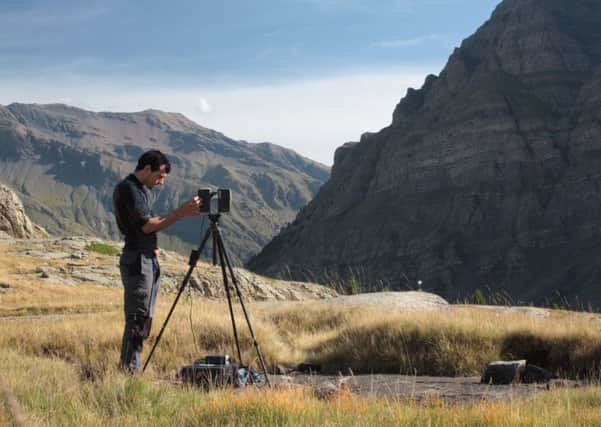

Archaeologists from the University of York have been working in the Parc National des Écrins in the Southern French Alps since 1998, on a long-running study with the Centre Camille Jullian in Aix-en-Provence to investigate the development of human activity at high altitude.
In 2010, the team, led by Dr Kevin Walsh, a senior lecturer in York’s Department of Archaeology and his French counterpart Florence Mocci, discovered the rock shelter Abri Faravel.
Advertisement
Hide AdAdvertisement
Hide AdThe fortuitous discovery of the shelter, which sits 2,133m above sea level, revealed prehistoric rock paintings known to be the highest painted representations of animals in Europe.
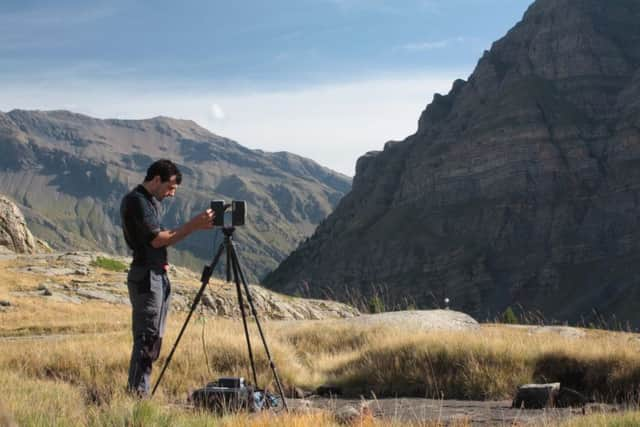

Now, for the first time, the team has been able to produce virtual models of the archaeological landscape based on laser scans, powered by car batteries in a logistically complex operation.
The paintings too were scanned, using white-light scanners, and both have been made available to the public on the open-access journal Internet Archalogy.
Dr Walsh said: “After years of research in this valley, the day we discovered these paintings was undeniably the highlight of the research programme.
Advertisement
Hide AdAdvertisement
Hide Ad“Whilst we thought that we might discover engravings, such as in the Vallée des Merveilles to the south-east, we never expected to find prehistoric paintings in this exposed area that affords so few natural shelters.
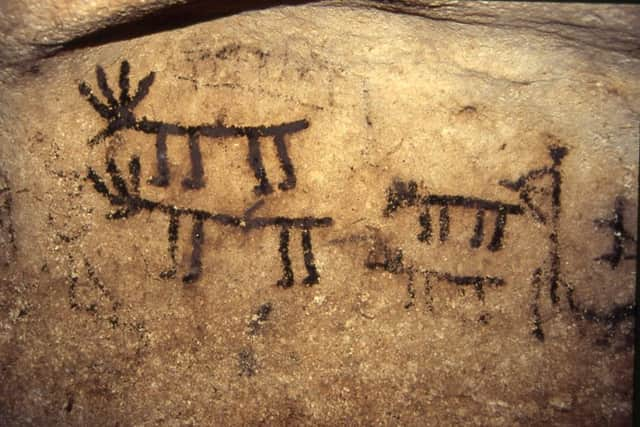

“As this site is so unusual, we made the decision to carry out a laser-scan of the rock shelter and the surrounding landscape, plus a white-light scan of the actual paintings. The scanning was logistically complex as our only source of electricity was car batteries, which, along with all of the scanning equipment, had to be carried up to the site.
“This is the only example of virtual models, including a scan of the art, done at high altitude in the Alps and probably the highest virtual model of an archaeological landscape in Europe.”
The research in the Alps has included the excavation of a series of stone animal enclosures and human dwellings considered some of the most complex high altitude Bronze Age structures. Artefacts found in Abri Faravel also include Mesolithic and Neolithic flint tools, Iron Age hand-thrown pottery, a Roman fibula and some medieval metalwork.
Advertisement
Hide AdAdvertisement
Hide AdHowever, the paintings are the most unique feature of the site, revealing a story of human occupation and activity in one of the world’s most challenging environments from the Mesolithic to Post-Medieval period.
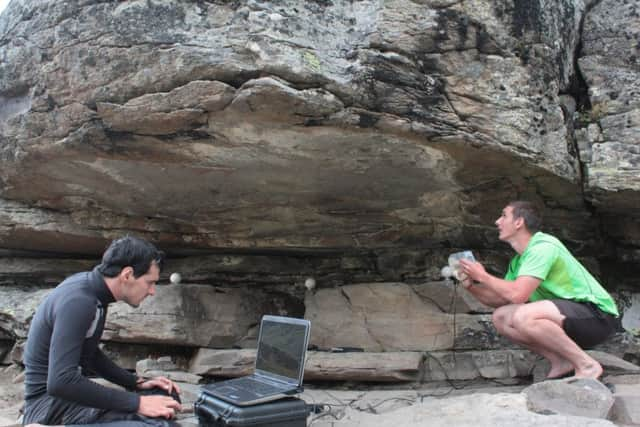

Dr Walsh added: “The principal reason for re-use of the site is the fact that this is the only natural shelter on the plateau, this type of rock shelter is extremely rare in this part of the Alps. The nature of archaeological dating means that we can not state that it was in constant use. Even during the periods when it was in use, it is likely that it was only used during the summer months, as living at above 2000 m during the winter is extremely difficult, largely due to snow and low temperatures.”
The paintings discovered in 2010 are special for a number of reasons.
While there are hundreds of examples of prehistoric engravings in Europe, paintings are quite rare, and to find them at such a high altitude is unusual.
Advertisement
Hide AdAdvertisement
Hide AdIt is also the content of the paintings that makes them stand out from other examples.
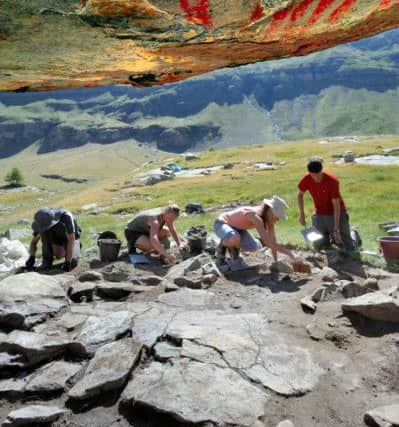

Dr Walsh said: “The key difference between this example of prehistoric art is that these are paintings - other art at high altitude tends to be engravings, or in one or two cases, abstract paintings - the key element on our art is the two animals. There are similar animal paintings in the South of France, in Provence, but at much lower altitudes.”